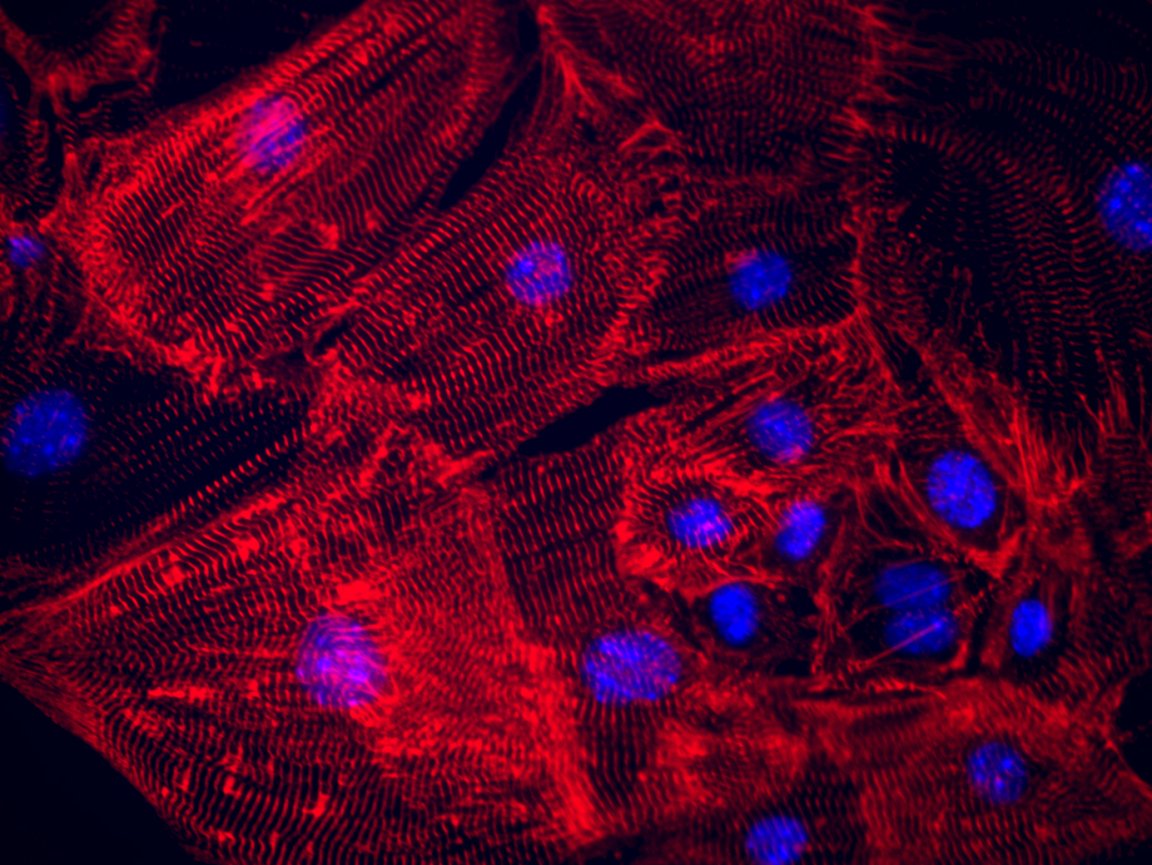
A Cue From Nature
Regeneration is arguably one of the coolest “super powers” in nature, and one that humans unfortunately do not possess. However, that may not always have to be the case as University of Florida (UF) scientists, led by Mark Martindale, think that one day we may be able to regenerate not just any body part, but our hearts.
To learn more about this awesome power that sounds like it came straight out of a Marvel comic book, Martindale and his team decided to study one of the creatures that possesses it naturally — the sea anemone — and their findings have now been published in Proceedings of the National Academy of Sciences (PNAS).
The muscle-less and heartless sea anemone is capable of a fascinating kind of regeneration. Unlike something like a lizard that can regrow a chopped-off tail, any piece that’s lopped off a sea anemone regenerates into a completely separate animal.

During their research, Martindale’s UF team discovered genes known to form heart cells in humans and other animals in the guts of these extraordinary creatures. This lead them to question why we aren’t capable of the same type of regeneration if we have the same genes as sea anemones.
The researchers discovered what they believe is a key difference between how these “heart genes” interact with one another in the sea anemone. In vertebrates and flies, once these genes are turned on to express as heart cells, they remain on for the entirety of the animal’s life due to “lockdown loops.” “This ensures that heart cells always stay heart cells and cannot become any other type of cell,” said Martindale in a UF press release.
This isn’t the case in sea anemones, however, as they don’t have this lockdown mechanism as embryos. That means the heart genes in their guts can turn into whatever type of cells the creature needs.
Endless Potential
The UF researchers think the implications of their discovery could be extraordinary. As Martindale noted, “Our study shows that if we learn more about the logic of how genes that give rise to heart cells talk to each other, muscle regeneration in humans might be possible.”
To that end, they want to explore how to access this ability in the heart genes found in the definitive muscle cells of vertebrates. They think these genes initially came from a type of bifunctional gut tissue similar to that of the anemone. “The idea is these genes have been around a long time and preceded the twitchy muscles that cover our skeleton,” Martindale explained.
If the mechanism can be reverse engineered, it might be possible in the future to coax muscle cells into regenerating into other cells, including heart cells. Of course, more research is necessary to realize this, but this link between humans and sea anemone is a big step in organ regeneration research, a field that has been getting a lot of attention lately as it could help us treat diseases, end the organ donation shortage, and so much more.